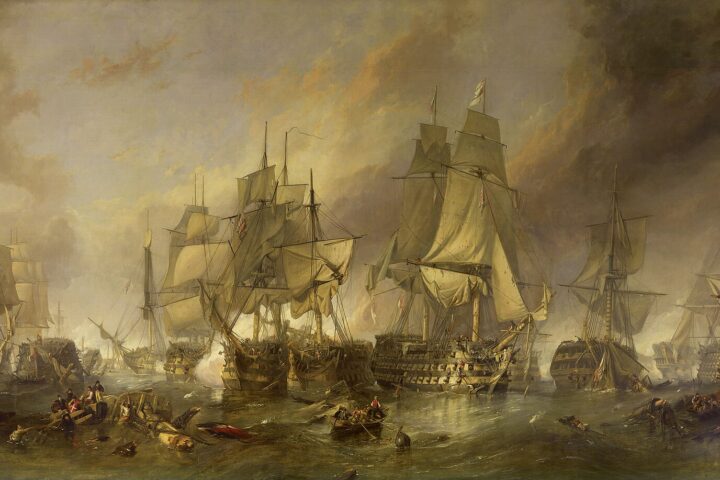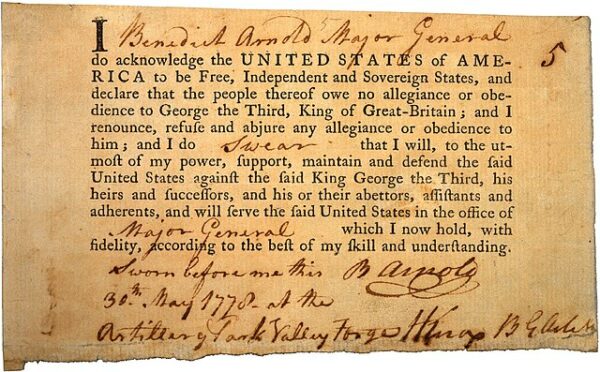In 1789, the crew of the HMS Bounty launched one of the most famous mutinies of all time. Led by Acting Lieutenant Fletcher Christian, several members of the crew rebelled against the commanding officer, Captain William Bligh.
The voyage of the HMS Bounty was commissioned by the British Royal Navy with the aim of transporting breadfruit plants from Tahiti to the West Indies. Captain Bligh, known for his authoritarian leadership style, faced increasing discontent among the crew due to his harsh treatment and oppressive conditions aboard the ship.
Tensions reached a breaking point when the Bounty arrived in Tahiti, where the crew enjoyed a peaceful and hospitable stay among the islanders. Fletcher Christian, second-in-command and a respected member of the crew, became disillusioned with Bligh’s leadership and began planning a mutiny.
On April 28, 1789, Christian and a group of mutineers seized control of the ship, casting Bligh and loyalists adrift in a small open boat. Bligh’s remarkable seamanship enabled him and his crew to navigate thousands of miles to safety, eventually reaching England.
The mutineers, led by Christian, returned to Tahiti briefly before seeking refuge on Pitcairn Island, where they aimed to evade capture by British authorities. The fate of the Bounty itself was sealed when the mutineers deliberately scuttled the ship to avoid detection.
The Mutiny on the Bounty captured the public imagination and led to widespread pursuit of the mutineers by British authorities. Some were captured and brought to trial, while others managed to evade capture or found refuge in remote regions of the world.
The event remains a subject of fascination and has been immortalized in literature, film, and theater. It raises questions about authority, loyalty, and the human desire for freedom in the face of oppression, making it a compelling and enduring historical narrative.






